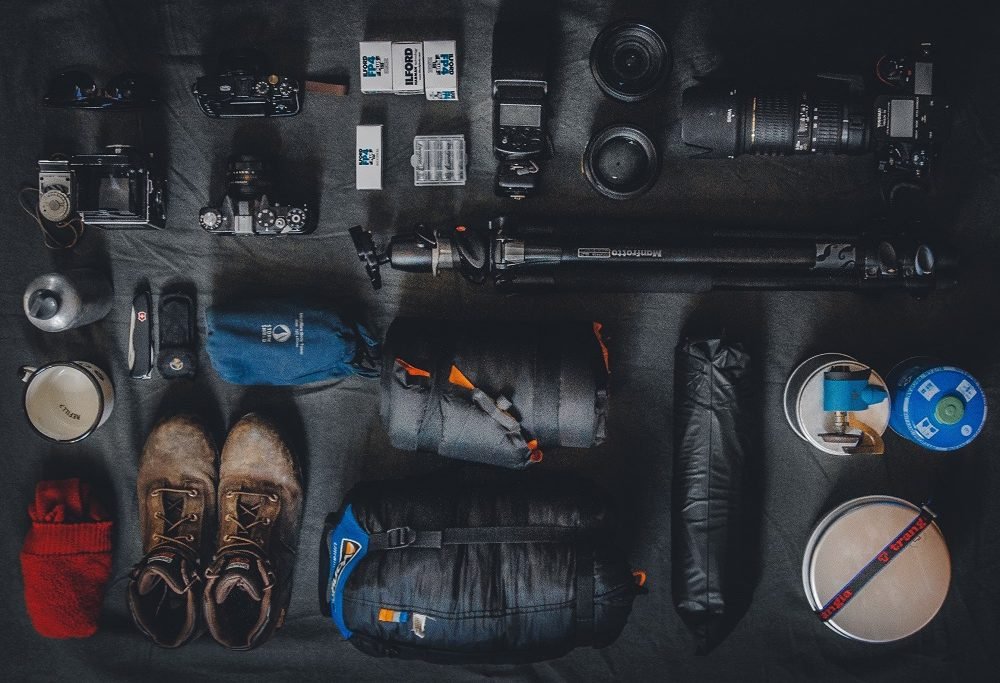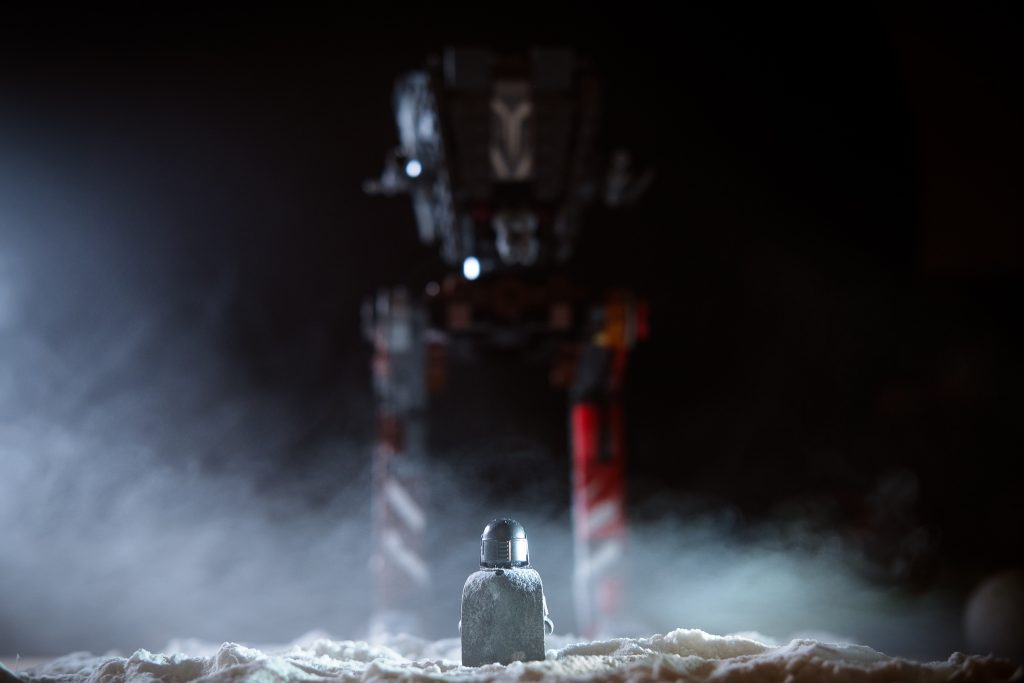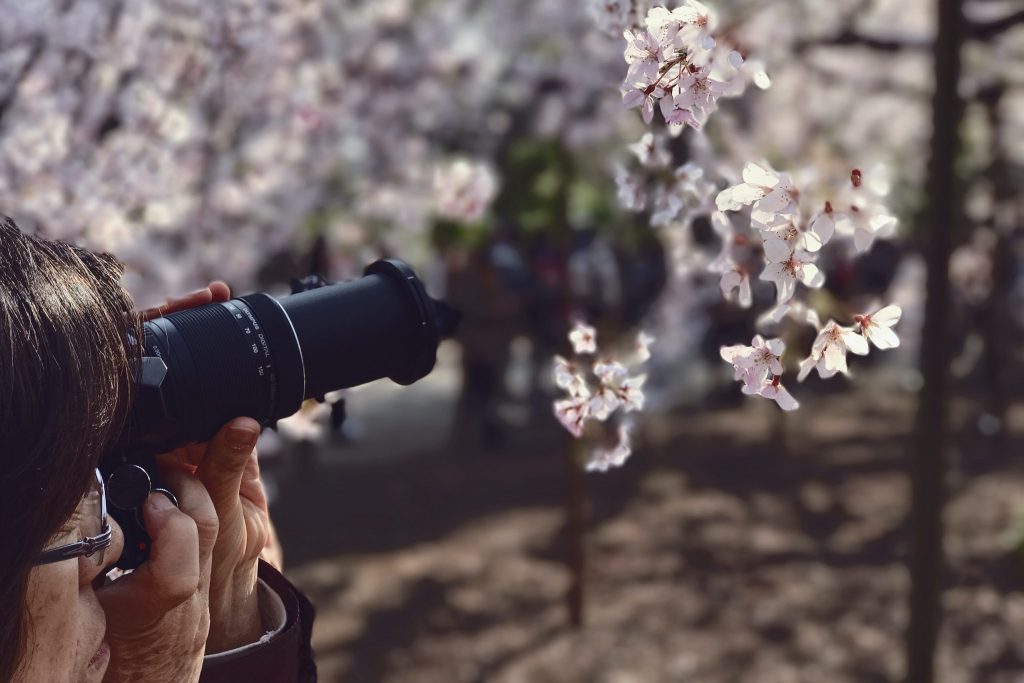The Photographer’s Glossary – A Guide to Common Photography Terms
by Alex W.
Photography is a tough enough craft to master by itself, but many photographers and websites alike make it even more daunting for newcomers by bombarding them with a bunch of photography terms they simply don’t understand.
How are you supposed to get involved in the photography community when it seems like you’re speaking separate languages?
This is nobody’s fault. The beginner photographer is simply not experienced enough to have learned all these photography terms, while the jargon users are just too accustomed to speaking to photographers.
But just because it’s nobody’s fault it doesn’t mean it can’t be solved. Here are some of the most commonly used photography terms and phrases, along with a simple explanation of each of them:
You Might Like… Photography: Learn the Basics
A Guide to Common Photography Terms
Aperture – This is the variable opening that allows light to pass through your lens and onto the camera sensor. A larger opening means more light can pass through, resulting in a brighter image (if all other conditions remain the same.) It’s similar to your pupils dilating when it’s dark to allow more light in. Apertures are measured in f-stops (see below.) The aperture is one corner of the Exposure Triangle.
Aspect Ratio – This refers to the ratio of height to width in an image. A standard DSLR shoots at a 3×2 aspect ratio (the long edge it a third longer than the short edge), but can be cropped to other aspect ratios to suit the image better. For example, many prints are offered as 10×8 inches. Popular aspect ratios include 5×4 (shorter long edge), 1×1 (square) or 16×9 (panoramic).
Astrophotography – As you might have guessed, this is the genre of photography dedicated to the night sky. It can range from simple nighttime landscape photography to the more extreme deep-space photography. You can read our beginner’s guide to astrophotography here.
Back Button Focus – A setting available on most DSLRs and Mirrorless cameras that allows you to autofocus with a button on the back of your camera, leaving the shutter release free to only take exposures. How can this help you though? Find out here!
Blown Out – When you’ve overexposed your image and the brightest parts of the image are rendered as completely white, this is know as the highlights being blown out. If you see a histogram with the far right side hitting the side then the highlights are blown.
Bokeh – Describes the intentionally out of focus part of an image, where the photographer has used a wide aperture to render part of the image completely out of focus. Often used in portrait photography to draw attention to the person and create an attractive background.
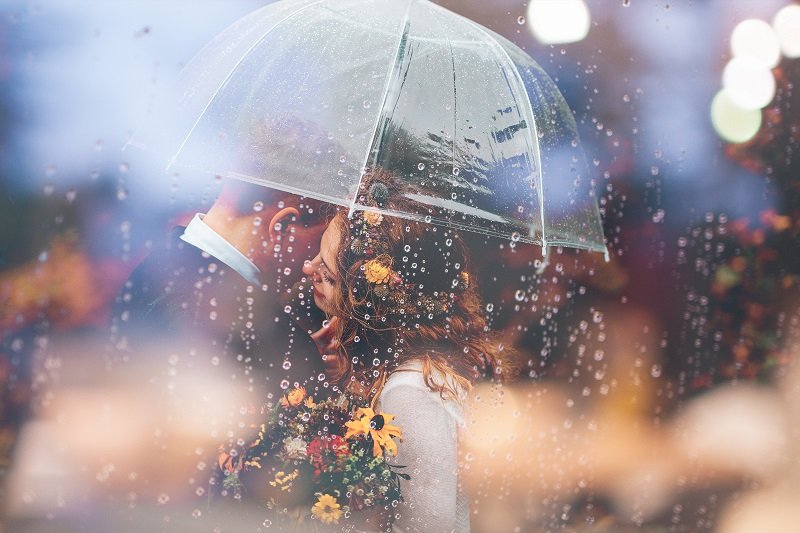
Bracketing – Taking a series of images at different exposures is referred to as ‘bracketing’ a photo. It’s used to create HDR images and to ensure that none of the highlights are blown out and there is detail in the shadows. Many cameras have an Auto Exposure Bracketing mode that will automatically change exposure settings. It’s often used in landscape photography in difficult lighting conditions.
Bulb Mode – A setting on most DSLR and mirrorless cameras where the shutter stays open for as long as the shutter release button or remote cable release is press. It’s used in long exposure photography when the 30 second maximum shutter speed on most cameras isn’t long enough.
Camera Shake – This occurs when the camera is moved during an exposure, resulting in a blurry image. If handheld, it means your shutter speed isn’t quick enough, and if tripod mounted it means your tripod isn’t secure enough to hold your camera steady.
Chimping – Often used as a derogatory term for photographers who check their LCD screen after every image. Supposedly indicates a lack of confidence in their photography skills.
Chromatic Aberration – Sections of an image where the lens fails to focus on all colours at the same point. The result is colour fringes in areas of high contrast, for example a tree against a bright sky. It often occurs in wide-angle lenses or lenses that are on the lower end of the price spectrum. Can be partly corrected in post processing.
Composition – Simply how the photographer chooses to arrange the subjects within their image. Basically, the composition is how the different elements of the photograph are made up. You can find a beginner’s guide to composition here.
Cropped – When you cut off a section of your image it’s cropped. This can be used to change the aspect ratio, cut out any unwanted elements in your photo, or to digitally zoom in because your lens didn’t have enough reach. It’s always best to get it right in camera, but sometimes that’s impossible and cropping is necessary.
Cropped Sensor Camera – Beginner DSLRs are often cropped sensors, which have smaller and subsequently cheaper sensors inside them. The smaller pixel size does mean a slight decrease in image quality, but that doesn’t mean they’re bad quality at all. They are usually around 1.5x smaller than a full-frame sensor.
Crop Factor – This refers to the amount of cropping on a cropped sensor camera. For example, Nikon cropped sensor cameras are often 1.5x smaller than full frame, with the Canon equivalents being 1.6x smaller. This results in lenses having an artificially further reach, so a 100mm focal length on a Nikon cropped sensor becomes a 150mm lens, and 160mm on Canon.
Depth of Field – The amount of the image that is in focus. A shallow depth of field will have only a small portion of the image in focus, whereas a large depth of field will have the vast majority of the image in focus.
DSLR – Stands for Digital Single Lens Reflex and refers to the type of camera that is widely used. It is characterised by having interchangeable lenses and a mirror inside the camera, which flips out of the way once the shutter button is pressed to allow light into the sensor. Find our top rated beginner DSLR cameras here.
Dynamic Range – This is the breadth of exposure values that a camera sensor can record in a single image. Simply put: How high can the contrast between light and dark be before you have to resort to bracketing. A wide dynamic range means the camera is capable of recording detail in both light and dark areas in pretty high contrast scenes without blowing the highlights or clipping the shadows. If the scene is too high contrast for your camera to handle, you can resort to HDR (High Dynamic Range) techniques by using bracketing. Note: No camera sensor comes close to the dynamic range of the human eye.
EXIF – This is often used to refer to the specifics of the settings used to capture an image. The camera records the camera model, lens, focal length, shutter speed, aperture, and ISO in the EXIF data when a photo is taken. You can find the EXIF data on a Windows PC by right clicking an image, going to Properties, and clicking the Details tab.
Exposure – The total amount of light that is recorded by the camera sensor, controlled by aperture, shutter speed, and ISO. A higher exposure means a brighter image. An image that is too bright is said to be overexposed, while a dark image is underexposed.
Exposure Compensation – Used on semi automatic modes such as Aperture Priority and Shutter Priority to adjust the overall brightness of the final image. Again, measured in stops. One stop of positive exposure compensation will result in an image that is twice as bright.
Exposure Triangle – The term used for the relationship between aperture, shutter speed, and ISO in making an image. Each setting has it’s own positives and negatives, which you can read about here.
F-Stop – A widely used term for the aperture. A lower f-stop means a wider aperture, which in turn means it allows more light in, and vice-versa. The f-stop (f/1.8, f/5.6, f/8 etc) numbers themselves seem odd, but you get used to them with time. Sound confusing? Our handy F-Stop Chart Infographic answers all those burning questions.
File Format – The file type that your camera is set to save, often used when asking a photographer whether they shot an image in JPEG or RAW. Find out why you should be shooting RAW here.
Focal Length – In simplest terms, the focal length refers to the amount of ‘zoom’ your lens has. A higher focal length equals more magnification and a more obtuse angle of view. A wide angle lens will have a very short focal length, whereas a telephoto lens will have a much higher focal length.
Focal Point – Many people think this is the part of an image that was focused on, but that’s focus point. The focal point is the part of the image that the photographer wants the viewer to look at, often the main subject. A photographer steers the viewers eye towards a focal point using their composition skills.
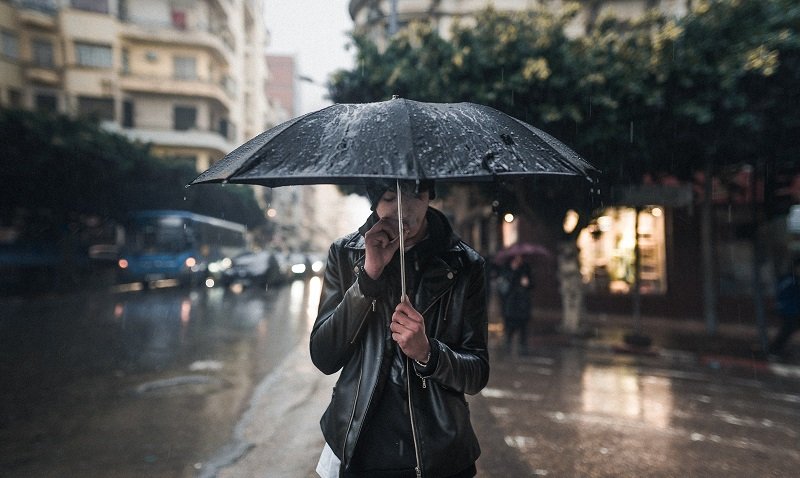
Focus – The part(s) of your image that appear sharp are referred to as ‘in focus’. Whereas the areas that are blurry are ‘out of focus’. Sometimes we want the entire image in focus, other times we want to use selective focus to blur parts of the image and focus on the subject.
Focus Mode – There are different types of focus mode on many cameras, but the most common are Continuous Autofocus, Single Autofocus, and Manual Focus. Continuous autofocus is used for moving subjects, single autofocus is used for stationary subjects, and manual focus is where you have to adjust the focus ring yourself.
Full-Frame Camera – This is the physical size of the imaging sensor inside the camera. Full-frame sensors are 35mm diagonally, and are called so because they’re the same size as an old 35mm film frame. The larger sensor means that the pixels are larger, and can handle higher ISO values better.
Golden Hour – Often used in landscape and nature photography to refer to the hour after sunrise and before sunset when the light is at it’s best. Named as such because of the golden hue created by the low angle of the sun. You can find more about natural light and the different types here.
HDR – Acronym for High Dynamic Range. This is a photographic technique used when the dynamic range of a scene is too great for your camera to handle in a single shot. Instead, the photographer uses bracketing to take a series of shots at different exposures and then blends them together in post processing, creating an image with a much wider dynamic range than a single shot could manage. Often used in landscape photography.
Histogram – The histogram is a graph or a chart that displays the tonal values of your image. It can often be found in your camera settings and in post processing, and offers a more quantitative representation of how bright or dark your image actually is. It’s often used to quickly check whether your highlights are blown (graph hitting the right hand edge) or your shadows are clipped (graph hitting the left hand edge).
Hot Shoe – The slot on the top of your camera (usually above the built-in flash) that allows you to fit accessories. Most often used to attach an external flashgun, but can also be used for things such as spirit bubbles.
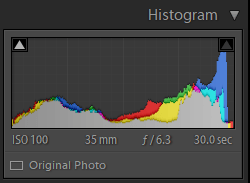
Hyperfocal Distance – Most often used in landscape photography, the hyperfocal distance is the distance at which you focus that provides the maximum amount of depth of field. This changes depending on focal length, aperture, and subject distance but can be calculated using hyperfocal distance calculators.
Image Stabilisation – This is a feature that some lenses have, and is also referred to as IS and VR. When switched on (usually via a switch on the side of the lens) it attempts to reduce camera shake, allowing you to take sharper photos with a slower shutter speed.
ISO – Stands for International Standards Organisation and relates to the sensitivity of your camera sensor to light. A higher ISO setting means the sensor is more sensitive to light, resulting in a brighter image. This, however, introduces noise (see below.)
JPEG – This is the standard image format for many people. It returns images that are smaller in size and don’t require post processing, but the compression means that a lot of the original data is lost. The downside of this is that they are less flexible in post processing. You can read more about the advantages of RAW here.
Leading Lines – A technique in photography composition where the photographer used objects within the frame to lead the viewer’s eye towards a certain point. You can find out more about how to use leading lines in your composition here.
Lens Flare – This is created when a strong light source hits the front element of the lens directly. It can cause a hazy look or bright circles in the image, and is generally something you want to avoid. However, some photographers use it creatively and actually incorporate it into their work.
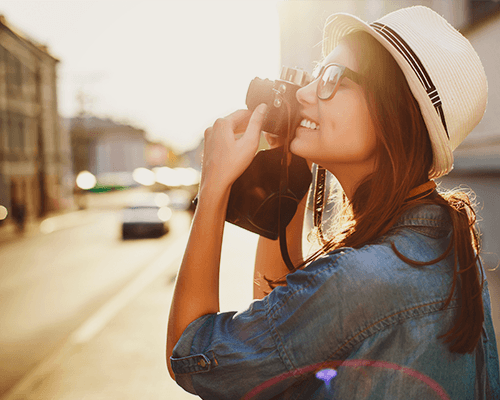
Lightroom – Highly popular image editing suite developed by Adobe. Used worldwide by photographers to organise their image catalogue and conduct post-processing. Read our beginner’s guide to Lightroom here.
Long Exposure – Technique used where the shutter is left open for a long time. This is used to blur moving elements of the scene, such as water or clouds, or to simply get a correctly exposed image in low lighting conditions. There are varying definitions on how slow the shutter speed needs to be before it’s classed as long exposure photography, but it really doesn’t matter. A tripod is an absolute must-have in long exposure photography.
Macro – Genre of photography where you take photos of very small things, or of small parts of a bigger subject. Insects and flowers are the most commonly photographed subjects in macro photography, and a dedicated macro lens is needed due to the incredibly close focusing distance necessary. For an image to be ‘true’ macro it must have a 1:1 reproduction ratio, which means that the subject would appear life size on your camera sensor. For example, a 35mm object at true macro would completely fill the image.
Find out how to get started in macro photography on a budget here!
Manual Mode – Refers to the setting on your camera that allows you full control over everything. You manually set the aperture, shutter speed, and ISO for every shot, and is used when you want very fine control over every aspect of your exposure. Read more about the benefits of manual mode here.
Metering – The light meter inside the camera helps to determine the correct exposure settings by recording the available light. There are different settings for how the light meter measures and prioritising, such as prioritising the amount of light in the centre of the frame.
Mirrorless – A fast growing sector of the camera market. Mirrorless cameras remove the bulky mirror from the camera body, instead projecting the image onto the sensor and often displaying this through an electronic viewfinder. They are much smaller and lighter than DSLRs, but do have compromises. You can read more about whether DSLR or Mirrorless is right for you here.
Motion Blur – This occurs when your shutter speed is too slow to capture a sharp image of a moving subject. Often unwanted, but there are ways to use motion blur creatively in your photography.
Neutral Density (ND) Filter – This is a filter you attach to the front of your lens to block out light. It’s essentially a colour neutral piece of darkened glass, which allows you to do long exposure photography even under bright lighting conditions. ND filters come in a variety of strengths, ranging from very small reductions in the light to huge 15-stop filters that would turn a 1/30 second exposure into a 16 minute exposure. Often used when photographing waterfalls and rivers. You can read more about filters here.
Nifty-Fifty – This is a slang term used when referring to a 50mm prime lens. Named so because they’re generally small, light, and have great optical quality. You can find out more about the benefits of nifty fifty lenses here.
Noise – Often referred to as grain, noise display as little specks on the final image, degrading overall quality. Using too high an ISO setting introduces noise, sometimes enough to ruin the final image.
Panning – A technique used in a lot of action and sports photography where the photographer purposefully uses a slow shutter speed but tracks the main subject while the shutter is open. The result is a sharp subject but a blurred background, emphasising the speed of movement.
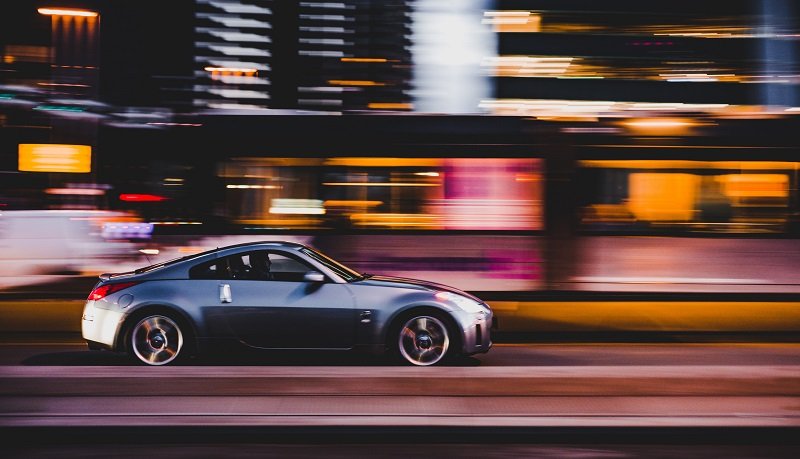
Photoshop – Another popular editing suite developed by Adobe. More powerful than Lightroom, but has a much steeper learning curve. Photographers often use both Lightroom and Photoshop in conjunction with one another. Can be used for more advanced editing such as the Orton Effect.
Pixel Peeping – The act of zooming into an image at 100% magnification to try and find tiny problems in the photo that would be otherwise invisible to normal viewers.
Prime Lens – A lens with a fixed focal length, meaning you can’t zoom in or out. These are often either cheaper or better quality than their zoom lens equivalents, and can offer wider apertures. Read more about the advantages of prime lenses here.
Post-Processing – Alternative term for editing an image using software. Most photographers do this, especially if shooting in RAW format where every image requires some level of post processing.
RAW – Most DSLRs have the ability to capture RAW images. This retains all of the data that the imaging sensor captured (without any compression) allowing the photographer more freedom in editing (post processing.) RAW files do require editing though. Read more about shooting in RAW here.
Remote Shutter – A popular accessory for landscape photographers that allows the camera shutter to be fired without physically touching the camera. Helps to stop camera shake during long exposure photography and bracketing. Can be wired or wireless.
Resolution – Refers to the amount of pixels that a camera has, expressed in megapixels. One megapixel is equal to 1,00,000 pixels. The resolution of the camera plays a part in image quality, but other things such as lens quality and sensor size are just as important.
Shutter Speed – The amount of time that the sensor collects light. A longer shutter speed results in a brighter image but introduces blur or camera shake. A shorter shutter speed freezes the action but requires more light. Take a look at our Shutter Speed Chart for a clearer picture.
Sharp – Describes a part of or a whole image that is clearly defined and in focus. The sharper an image is, the more fine detail you can see. Camera settings, user technique, camera body, and lens quality all play a significant factor in determining the sharpness of an image.
Soft – Similar but the opposite to bokeh. Again, this refers to parts of an image that are out of focus, but rather than it being a positive aspect it’s a negative. Usually where something is meant to be sharp but the focus point has been slightly missed and the subject is slightly out of focus.
SOOC – Acronym for Straight Out Of Camera. Refers to an image that has had no post-processing or editing done.
Stopping Down – Related to f-stops, the act of ‘stopping down’ refers to making the aperture narrower (higher f-stop number) in order to increase depth of field.
Stops – The exposure of an image is measured in stops of light. An image that is underexposed by one stop will be half as bright as the correct exposure, whereas an image that is overexposed by one stop will be twice as bright as the correct exposure. Every corner of the exposure triangle is measured in stops.
Telephoto Lens – These are lenses with long focal lengths that are often used for wildlife photography. A zoom lens that has a focal length of 70-200mm is referred to as a telephoto lens, as is anything with a focal length of over 50mm.
Tilt-Shift Lens – A specialist lens often used in architectural and landscape photography. The lens itself can move independent of the camera body, which opens up some possibilities otherwise unavailable. The tilting allows the front element to move, which realigns the focus plane. The focus plane is normally perpendicular to the camera, meaning there is a specific point where it’s perfectly focused, but with a tilt-shift lens this can be altered, allowing landscape photographers to get the entire landscape perfectly focused. The shift element adjusts the placement of the subject within the frame and can keep parallel lines from converging – A major problem in architectural photography. It can also be used in more creative ways.
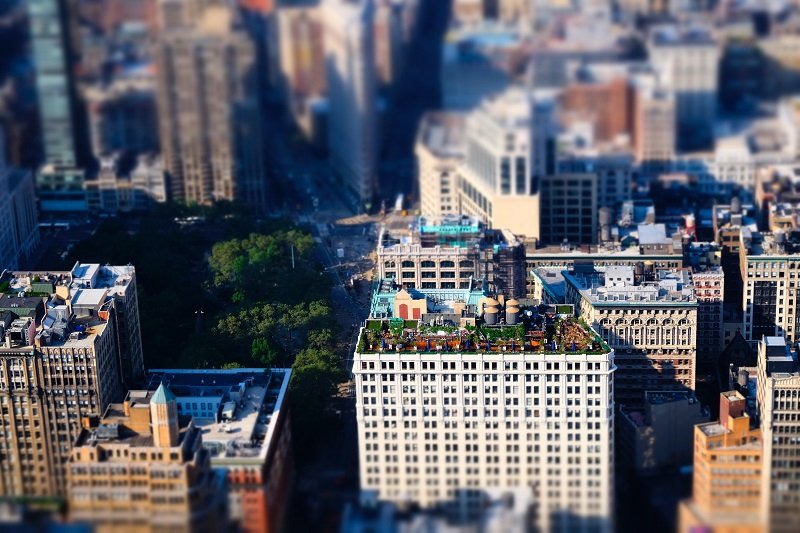
Togs – Slang term for a photographer.
Viewfinder – The window you put your eye to when taking a photograph. In a DSLR the light enters the lens, bounces off the mirror inside the camera, and is directed into the viewfinder so you can see the composition.
White Balance – Light has many different colours depending on it’s source, and while our eyes adjust to this and compensate the camera doesn’t. White balance is a way of compensating for that, and the wrong white balance can result in an image that looks very different from reality. The settings are usually named after the light source they are appropriate for, such as daylight, shade, flash, and tungsten.
Wide-Angle Lens – The opposite to a telephoto lens, wide-angle lenses are those lenses with a short focal length. This allows a very wide field of view and they’re often used in landscape photography. What qualifies as a wide-angle lens is rather vague, but anything up to around 30mm can be considered wider than normal.
Wide Open – Term used to describe an image taken with the widest aperture available to you.
Zoom Lens – A lens that you can zoom in an out due to a variable focal length. The kit lens on most DSLR’s is a zoom lens. Read more about our favourite Nikon lenses here.
Closing Thoughts
Hopefully that clears up a lot of your confusion surrounding photography terms. You can stop Googling every other sentence you see now!
Make sure to sign up to our mailing list here and get your hands on our free ebook along with some free Lightroom presets as well!
You can also get in touch if we’ve missed any important photography terms off this list.
Read More…
Ultimate Guide to Landscape Photography Pt 1 – Gear
Photography in the Rain – Making the Most of a Rainy Day
Ultimate Guide to Forest Photography
What is the Best Lens for Astrophotography?
 |
 |
 |
 |

About Alex W.
Alex is the owner and lead writer for Click and Learn Photography. An avid landscape, equine, and pet photographer living and working in the beautiful Lake District, UK, Alex has had his work featured in a number of high profile publications, including the Take a View Landscape Photographer of the Year, Outdoor Photographer of the Year, and Amateur Photographer Magazine.
Thoughts on "The Photographer’s Glossary – A Guide to Common Photography Terms"
 |
 |
 |
 |
You can Get FREE Gifts. Furthermore, Free Items here. Disable Ad Blocker to receive them all.
Once done, hit anything below
 |
 |
 |
 |
